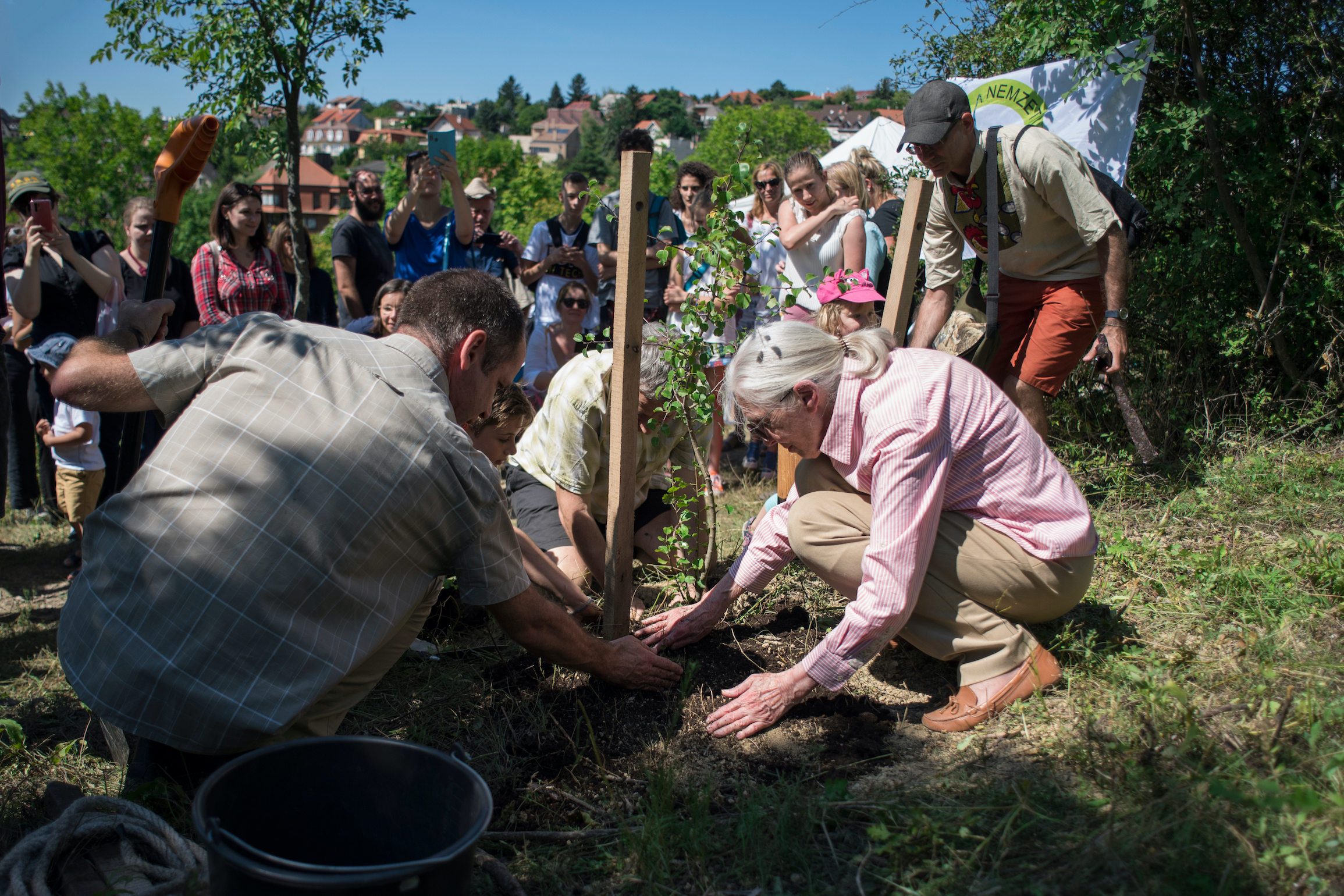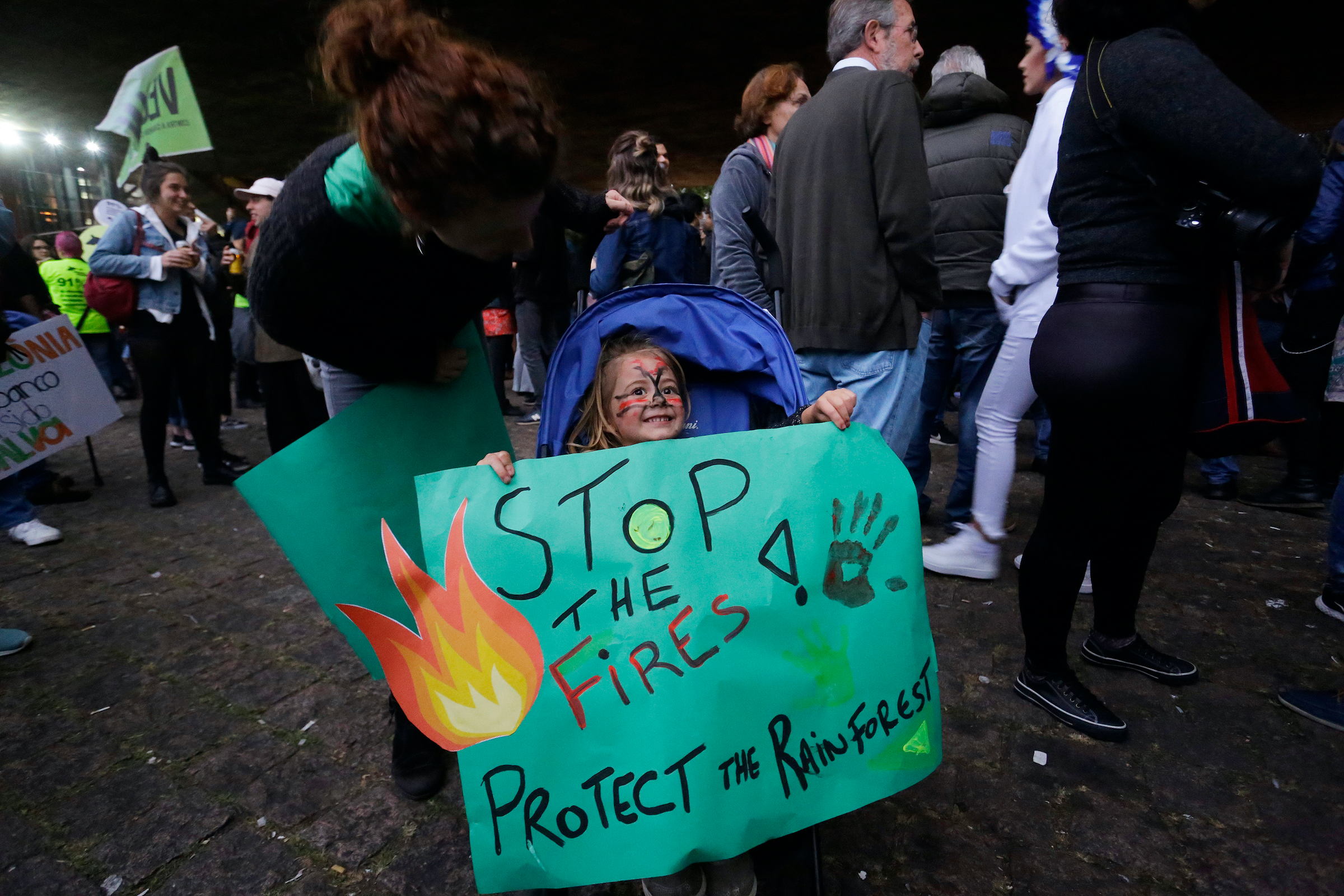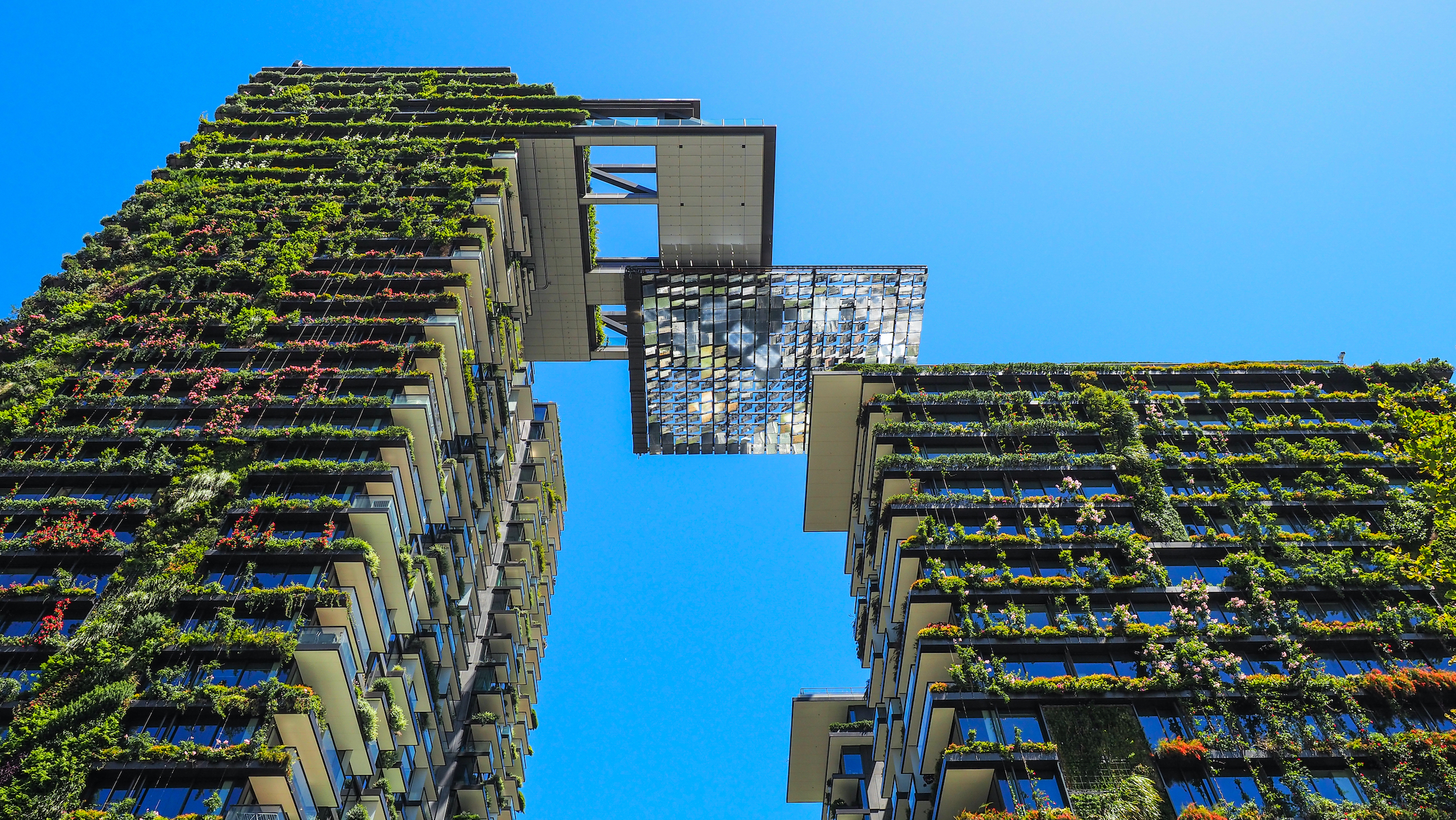It’s interesting to see how governments engage with the environment and with nature. They often see the environment as something that’s “nice”, and that voters relate to, but that isn’t integral to the running of a country – not like the finance ministry or something like that. That’s particularly true if they want to support nature overseas – giving money to save the elephants, for example.
What we’re recognising more and more is that the true conservation issues that governments need to engage with are about our global food and commodity systems. For a country like the UK, or for any developed country, the issue isn’t so much about our own footprint or what’s happening in our own country, it’s about the export of damage, which is hidden to our citizens. We don’t know when we go into a supermarket that the chocolate, the cocoa and the butter that we buy are actually causing large-scale deforestation or land conversion elsewhere in the world. It’s not visible to us and it’s not necessarily visible to governments either.
I don’t completely blame the governments for this because we don’t yet have good estimates of the biodiversity impact of the things that we do. It’s much easier to understand the damage that climate change is doing because you can measure it in a simple unit. Then you can start to see how much travel or using cars impacts the amount of carbon that’s being put into the atmosphere. It’s much harder to understand how this complicated thing called nature, which is very locally defined, is impacted at various points along the whole supply chain. That’s a big question for scientists right now. How do you trace from a consumer in a supermarket right the way back to someone cutting down a protected area in Indonesia in order to grow cocoa or coffee?
In that sense, then, I don’t blame the governments. However, in other senses, I do, because it’s so much harder to have a system-wide change than it is to just protect an area of land. I think that as we get to the end game for nature, we’re going to have to think harder and longer about these system-wide changes, which are going to be really difficult for governments to institute.


